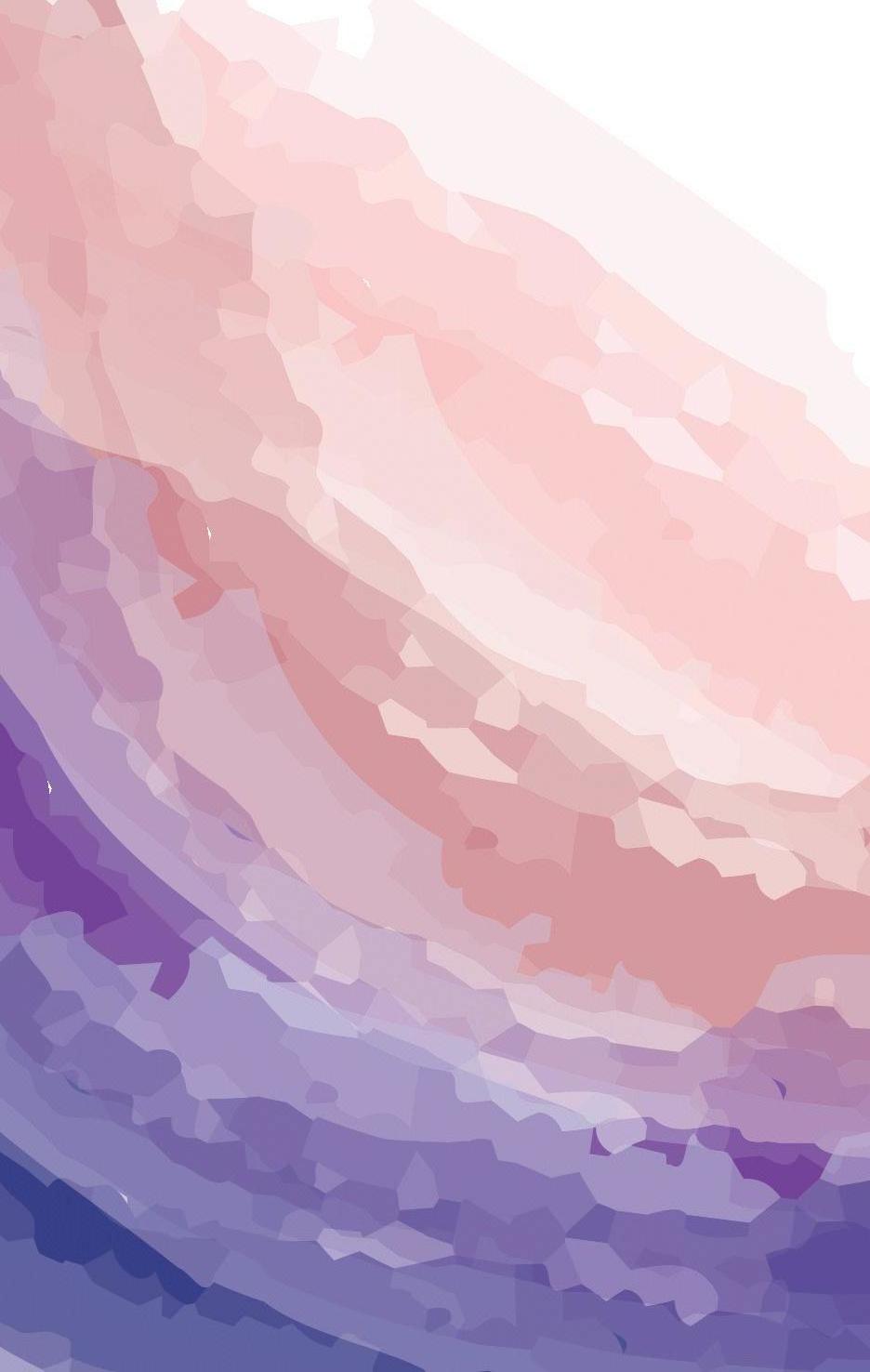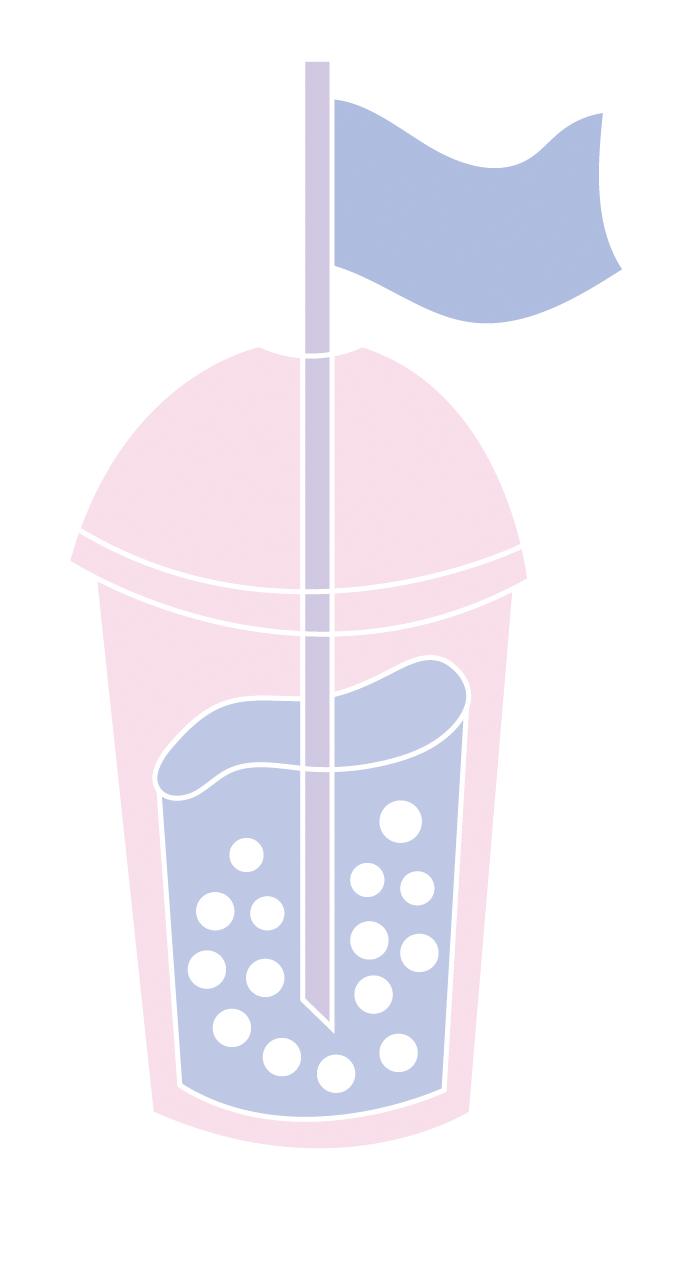George Raptis
Feature
Vulnerability
Territorial Surfers: How Surf Culture Speaks to Broader Issues about Inclusivity in Australia
by George Raptis If you get the chance to visit the beach I live close to, you will see that on its northern cliff face, painted in thick white lines now faded by the sun but nevertheless visible, someone has written the words ‘LOCALS ONLY.’ I first noticed it last summer. I swam out far enough from the shore, past boogie-boarders and sun-screened swimmers, to reach the part of calm water before the waves begin to break. From there I turned to see the words which branded the coastline - LOCALS ONLY. Immediately, I felt intimidated. This wasn’t the work of some kid who tagged bus stops with penises because they find it funny. No. This felt like a warning. I swam back to shore and left the beach before I even had time to dry off.
...I felt completely alienated by the sign not because I didn’t feel like a ‘local,’ but because I refused to accept that the enjoyment of this very much public beach was to the exclusion of others.
Since reading the sign, I became to understand that the phrase ‘locals only’ is common amongst surf culture. Google told me that surfers guard desirable breaks with zeal — apparently good surf is supposedly hard to come by on the 26 000 kilometres of coastline which makes up the eastern border of Australia. I found photos of beaches along the shores of sunny California and the islands of Hawaii bearing the same sign too. If the sign was meant to be aggressive, it certainly served its purpose. I have been fortunate enough to never question my idea of locality; I have lived in the same area my entire life, I have gone to school in the same area, I have friends and family that live here too. Despite this, I felt completely alienated by the sign not because I didn’t feel like a ‘local,’ but because I refused to accept that the enjoyment of this very much public beach was to the exclusion of others. The shame I had for the very existence of the sign was riveled by its aggressive words.
This territorial aggression exhibited by the sign seems commonplace amongst surf communities. While surfing communities project a laidback image, a study undertaken in Southern California revealed that the limited amount of coveted surf breaks, as well as perceptions of localism and territoriality, positively contributed to surf-related aggression.1 This hostility manifests in things like the LOCALS ONLY sign or, as a more extreme example, a surf group in 1960s San Diego painting swastikas on their boards to ward of ‘non-locals’ (these surfers crudely referred to themselves as ‘surf Nazis’).2 Of course, the study undertaken by sociologist Dr Cassie Comley does not speak to all surfers and their attitudes; I don’t doubt that there are many friendly surfers out there. But I could not find a justification for the ‘LOCALS ONLY’ sign despite the reasons Comley listed as being the cause of surfer territorialism.
46







